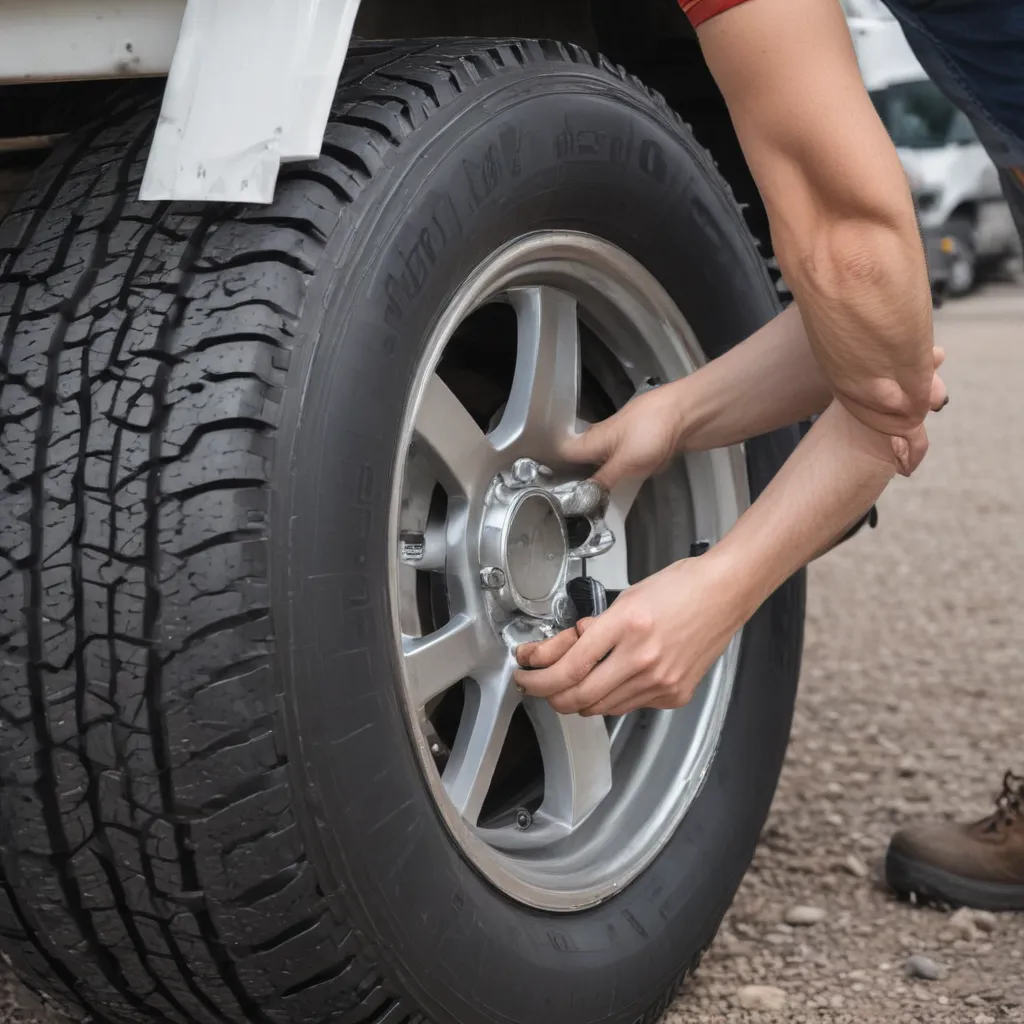
Keeping Your RV Rolling: A Deep Dive into Tire Maintenance
Picture this: you’re cruising down the highway in your beloved RV, soaking in the scenic views, when suddenly, you hear a loud POP. Your heart sinks as you realize you’ve just blown a tire. Yikes! Now, you’re stuck on the side of the road, your vacation plans derailed. Not a great way to start your road trip, am I right?
As an RV and fleet vehicle repair specialist in Orange County, California, I’ve seen my fair share of tire-related woes. Trust me, you do not want to be that person scrambling to change a flat on the side of the highway. That’s why I’m here to share my expertise on how to properly check your RV tires for age and wear. By staying on top of your tire maintenance, you can avoid those dreaded blowouts and keep your adventures rolling smoothly.
Understanding Tire Age and Wear
Alright, let’s dive in. First things first, let’s talk about tire age. You might be wondering, “How old is too old for my RV tires?” Well, the general rule of thumb is that RV tires should be replaced every 5-7 years, regardless of tread depth. You see, over time, the rubber compounds in your tires break down, even if they haven’t been driven much. This can lead to cracks, dry rot, and decreased structural integrity, which can be a recipe for disaster on the road.
Now, let’s address the elephant in the room: tread depth. I know, I know, it’s tempting to try and squeeze every last mile out of those trusty tires, but trust me, it’s not worth the risk. The minimum recommended tread depth for RV tires is 4/32 of an inch. Anything less and you’re putting yourself, your passengers, and other drivers in danger. Imagine trying to navigate a slick, wet highway with bald tires – yikes!
Inspecting Your Tires
Alright, now that we’ve covered the basics of tire age and wear, let’s talk about how to actually inspect your RV tires. First and foremost, make sure to check the tire pressure regularly. Underinflated tires can lead to premature wear and even blowouts. You’ll want to refer to the manufacturer’s recommended PSI for your specific RV model. Don’t just rely on the numbers printed on the tire itself – those are the maximum, not the recommended.
Next, take a close look at the tread depth. You can use a simple tread depth gauge, or even the good old “penny test.” Just stick a penny into the tread groove with Lincoln’s head facing down. If you can see the top of his head, it’s time to start thinking about replacing those tires.
But the tread depth is just one piece of the puzzle. You’ll also want to inspect the sidewalls for any cracks, bulges, or other signs of wear and tear. Anything that looks suspicious, make a note of it and keep a close eye on it. And don’t forget to check the valve stems too – those little guys are essential for maintaining proper tire pressure.
Real-World Examples
Now, I know what you’re thinking: “Okay, this all sounds great in theory, but what does it look like in practice?” Well, let me share a few real-life examples from my time as an RV repair specialist.
Just last month, I had a customer come in with a blowout on their Class A motorhome. When we took a closer look, we discovered that the tires were nearly 10 years old – way past their prime. The sidewalls were cracked, and the tread depth was dangerously low. Needless to say, we recommended a full set of new tires, and the customer was grateful we caught it before they hit the road.
On the other hand, I once had a client who was diligent about their tire maintenance. They brought their RV in for a routine checkup, and we found that the tires were in great shape, with plenty of tread left and no visible signs of wear. The best part? Those tires were over 6 years old, but thanks to regular inspections and proper inflation, they were still going strong.
Investing in Your Safety
Look, I get it – replacing RV tires can be a significant investment. But trust me, it’s one that’s well worth it. Those tires are the only thing separating you from the open road, and you want to make sure they’re up to the task.
Think about it this way: would you ever consider driving your car with bald tires? Heck no! The same principle applies to your RV. Your safety, and the safety of your loved ones, should be the top priority. And let’s not forget about the potential for costly repairs if a blowout leads to further damage to your vehicle.
So, don’t be penny-wise and pound-foolish when it comes to your RV tires. Take the time to inspect them regularly, and don’t hesitate to replace them when the time comes. Trust me, your future self will thank you.
Conclusion: Keeping Your RV Rolling
Well, there you have it, folks – everything you need to know about checking your RV tires for age and wear. Remember, staying on top of your tire maintenance is the key to keeping your adventures on the open road safe and smooth.
If you’re ever in the Orange County, California area and need some expert assistance with your RV or fleet vehicle, be sure to visit our website. We’d be more than happy to lend a hand and make sure your tires are in tip-top shape.
Until then, happy (and safe) travels!
